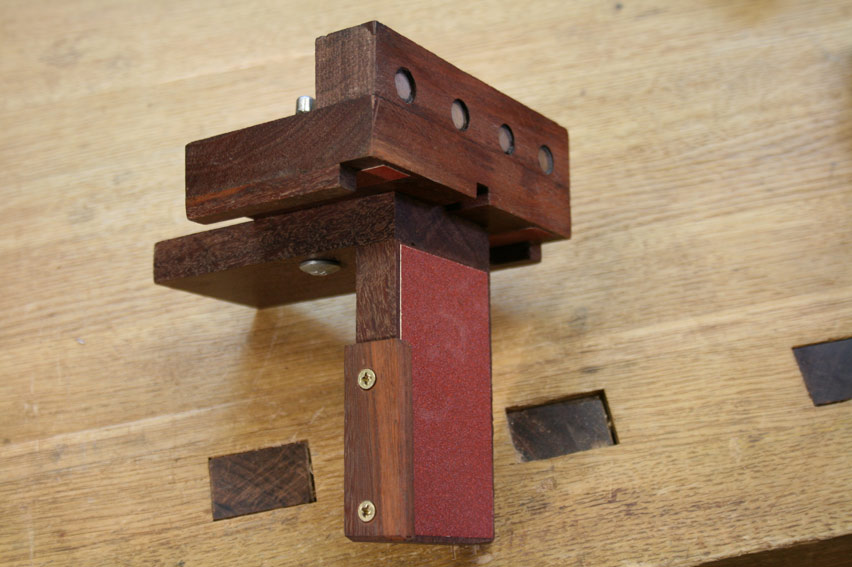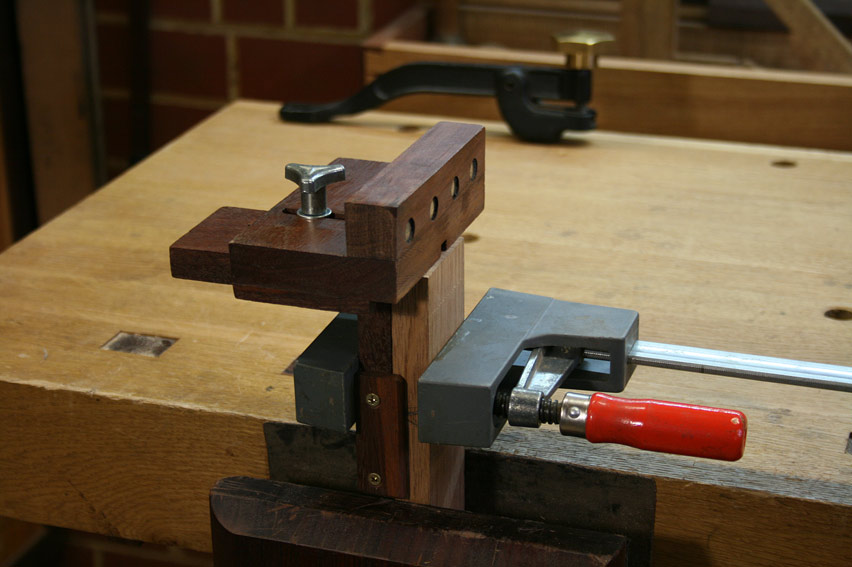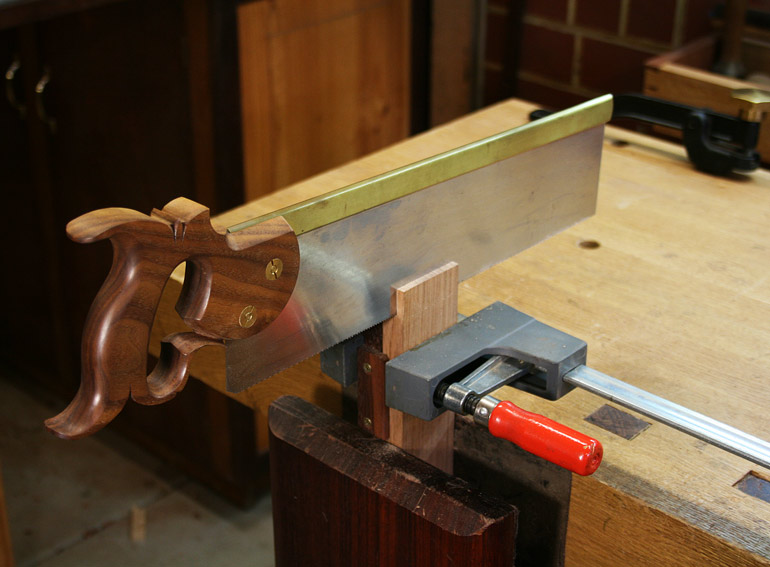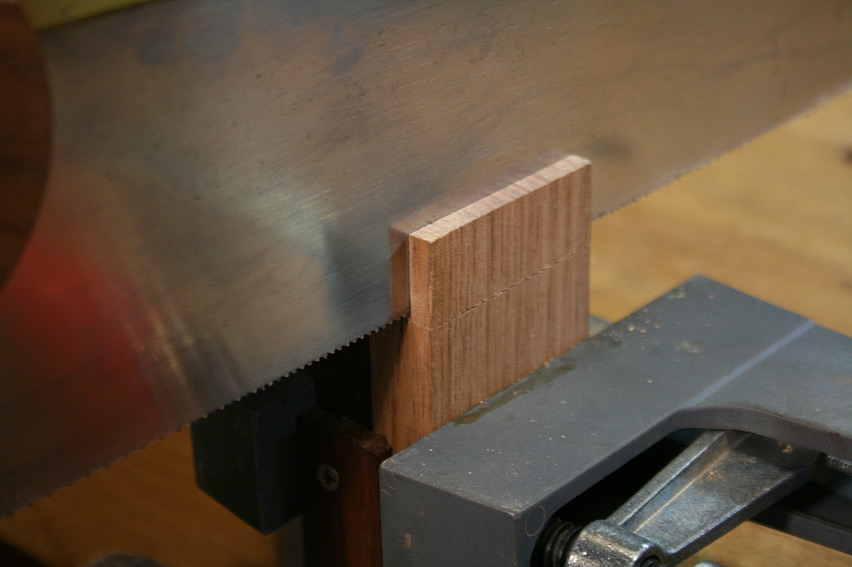custard
Established Member
I designed a tenon guide for Lee Valley several years ago
They absolutely should make that, I'd be first in the queue with my cheque book open!
Cabinet making's dirty secret is that a high percentage of extremely accomplished furniture makers don't actually have very good hand saw skills. Sure, plenty good enough for dovetailing drawers, but dovetailing is only a small part of the hand sawing lexicon.
I once trained at a workshop alongside a number of people moving into furniture making from other woodworking skills. No one there could remotely be described as a beginner or inexperienced, yet it was crystal clear that the guys who had been site carpenters or boat builders were light years ahead of the luthiers, restorers and cabinet makers when it came to using a hand saw.
I guess practise makes perfect and the fact is, apart from dovetails, even furniture makers with twenty years or more experience under their belts rarely use a hand saw so they just don't get all that good at it.




































